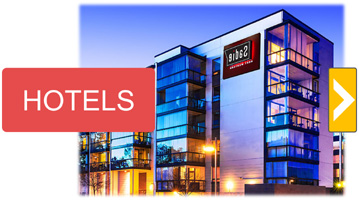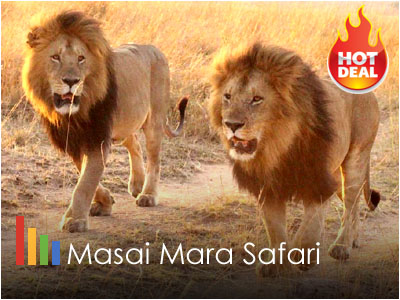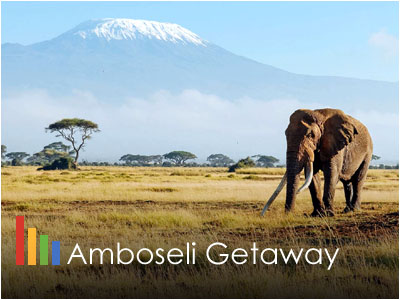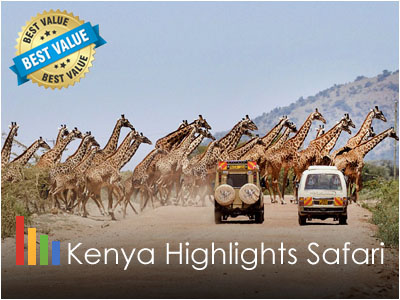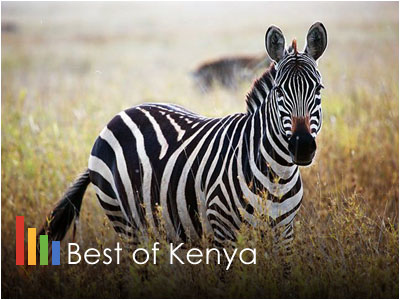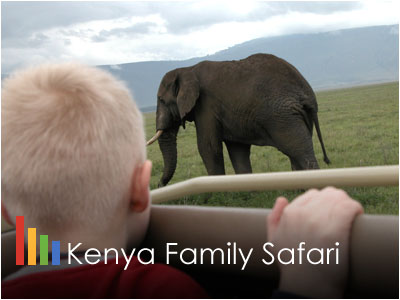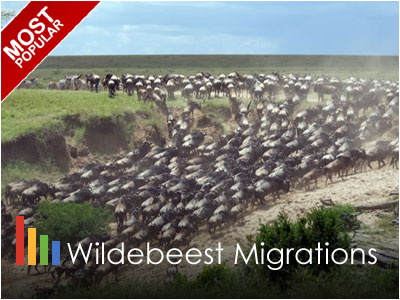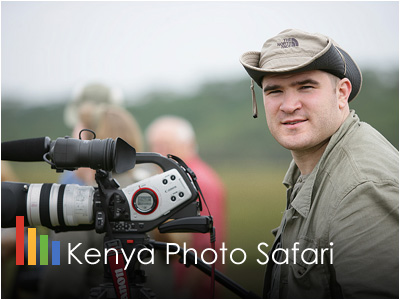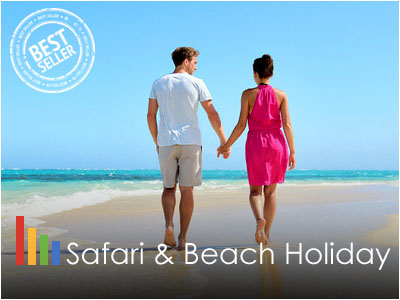Lake Bogoria National Reserve, Kenya, Africa
Lake Bogoria National Reserve - Kenya, Africa
Lake Bogoria National Reserve is know for its perennial hot springs and geysers that attract visitors from all walks of life every year to come and enjoy the beauty and the medicial values associated with this 'natural spa'. Lake Bogoria, like Lake Nakuru, Lake Elmenteita, and Lake Magadi further south in the Rift Valley, and Lake Logipi to the north, is home at times to one of the world's largest populations of lesser flamingos. Lake Bogoria in Kenya is one of the lesser celebrated of the Rift Valley lakes but it provides as much beauty and inspiration as any of the other dramatic lakes in the region. Such is the importance of Lake Bogoria that it has been declared a Ramsar Site and the Lake Bogoria National Reserve has been a protected area since the early 1970's. Lake Bogoria National Reserve lies in a volcanic region in a half-graben basin south of Lake Baringo, Kenya, a little north of the equator. The lake is a Ramsar site and Lake Bogoria National Reserve has been a protected National Reserve since November 29, 1973. Lake Bogoria is shallow (about 10m depth), and is about 34 km long by 3.5 km wide, with a drainage basin of 700 square kilometres.
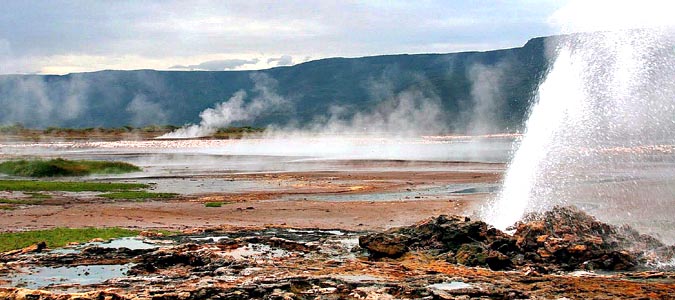
Basic Facts - Lake Bogoria National Reserve
Due too it’s saline and alkaline water conditions that promotes growth of blue-green algae Lake Bogoria is home to one of the world's largest populations of lesser flamingoes that feed on the algae. At times the number of flamingoes feeding in the lake may be as many as two million - creating a wonderful undulating blaze of pink as the flamingoes go about their feeding. This scene of brilliant pink flamingoes by the millions is only found in the Rift Valley Lakes of Kenya, and so is not replicated anywhere else in the world, due to the very specific environment needed by the birds. Some notable features around Lake Bogoria Reserve include the Kesubo Swamp to the north and the Siracho Escarpment to the east, both within the National Reserve. The lake is also famous for geysers and hot springs along the bank of the lake and in the lake. In four locations around the lake can be observed at least 10 geysers, which erupt up to 5 m high. Geyser activity is affected by the fluctuations of lake level, which may submerge or expose the geysers.
More About Lake Bogoria National Reserve
The ground in this area is formed geologically from recent volcanic rocks from the miocene - pleistocene era. Around Bogoria there are some 200 hot springs with water temperatures from 39 to 98.5C. Nearly all these springs are close to the lake or are inside the lake. The hot springs in general have a high content of carbon dioxide, this causes the wild boiling of the springs. There are also many geysers found spouting here, formed by the vents in the earth’s surface by the volcanic activity. Over the past decade, there has been some major hydrothermal changes which has occurred by frequent fluctuations of water level of Lake Bogoria. Even slight changes of water level in this shallow lake can impact geyser behaviour. Some geysers that were active during 2001 and 2005 have become weak hot springs or steam vents by 2006 with the fall in water level due to drought, whereas activity on other springs increased. Aside from the flamingoes there are many other birds and animals to see at Lake Bogoria such as buffalo, zebra, baboon, warthog, caracal, spotted hyena, impala and dik dik.
We would like to inform our potential guests that although once-famous for its huge populations of flamingos, Lake Nakuru is not their breeding ground anymore and numbers have greatly diminished in recent years due to rising water levels changing the alkalinity of the lake which has significantly reduced the algae on which the lesser flamingos feed. For several years now lesser flamingos have been virtually absent from the shores of Lake Nakuru and are unlikely to return until the lake levels fall and algae is present once again. The flamingos have and will continue to migrate to the other Rift Valley lakes especially to nearby Lake Bogoria National Reserve where they can be seen in huge numbers. For more information regarding Lake Bogoria National Reserve, DO NOT hesitate to Contact Us.
Going north beyond Lake Bogoria you will find Lake Baringo also located withing the Great Rift Valley floor. Lake Baringo is, after Lake Turkana, the most northern of the Kenyan Rift Valley lakes, with a surface area of 130 square kilometres (50 sq mi) and an elevation of 970 metres (3,180 ft). The lake is fed by several rivers, Molo, Perkerra and Ol Arabel, and has no obvious outlet; the waters are assumed to seep through lake sediments into the faulted volcanic bedrock. It is one of the two freshwater lakes in the Rift Valley in Kenya, the other being Lake Naivasha. Those who visit lake Bogoria also visit Lake Baringo within the same locality. Lake Baringo in remote west-central Kenya is a fascinating place for geologists and nature lovers' alike, with outlandish landscapes and prolific birdlife and it is also worth a visit if you have time to spare. The area is becoming more popular as a tourist destination. The lake located in a hot and dusty area with over 470 species of birds, occasionally including migrating flamingos. The area is also home to a number of species such as Hippo, Crocodile, Zebra, Klipspringer, Grant's gazelle, Chandler's Mountain Reedbuck, and the rare Greater Kudu. A range of accommodation is available in the region and boat hire is also easy. Main road access to Lake Baringo is directly from Nakuru by private transport. The nearest town to the lake is Kampi ya Samaki. . For more information regarding Lake Baringo National Reserve, DO NOT hesitate to Contact Us.
Hotel accommodation is available near Loboi village at the north end of the lake. Camping is permitted at the southern end of the lake.
AfriChoice operates a wide range of carefully designed tours and safaris to Lake Bogoria National Reserve by providing transport and booking a hotel for you. Our safari consultants will always be at your assistance should you need a tailor-made holiday to this unique destination. NB: For more information regarding Lake Bogoria National Reserve, DO NOT hesitate to Contact Us.
Contact Us for more information:
Kenya Popular Wildlife Safaris
-
Masai Mara Escapade
3 Days / 2 Nights Safari
-
Amboseli Safari Getaway
3 Days / 2 Nights Safari
-
Kenya Highlights Safari
5 Days / 4 Nights Safari
-
Best of Kenya Safari
8 Days / 7 Nights
-
Kenya Family Wildlife Safari
10 Days / 9 Nights Kenya Safari
-
Wildebeest Migration Safari
10 Days / 9 Nights Migrations Safari
-
Kenya Wildlife Photo Safari
11 Days / 10 Nights Photo Safari
-
Kenya Safari & Beach Holiday
Kenya Safari & Beach Holiday



 Paul Kitching - UK
Paul Kitching - UK Karen Howard - CANADA
Karen Howard - CANADA